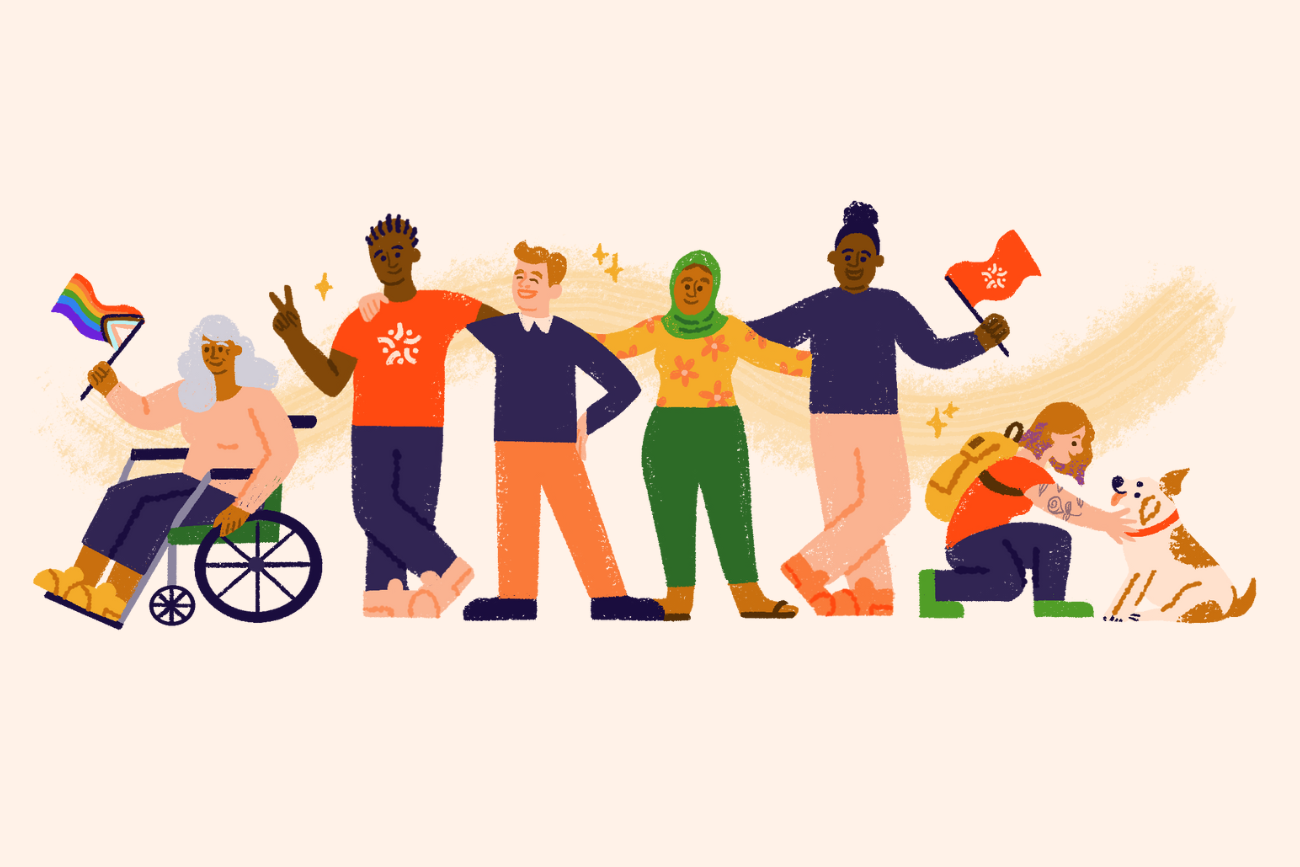Defining Diversity, Equity, Inclusion, and Belonging
As a manager, understanding and leveraging diversity on your team can lead to creativity, problem solving, and innovation. In this video, Cara Pelletier, Senior Director of DEI&B at 15Five, discusses the definition of Diversity, Equity, Inclusion, and Belonging and helps us draw the line to the impact on business performance. This video lesson is part of the DEI&B course within 15Five’s Transform subscription.
This video is part of the DEI&B course within 15Five’s Transform subscription.
Let’s define diversity, equity, inclusion and belonging.
Diversity is made up of the numerous human attributes that differentiate people from each other. For example, skin color and gender are two of these attributes.
Equity is about treating people fairly, It’s not the same as equality, which is treating everyone exactly the same. My favorite example of equality vs equity is to think what would happen if we were giving everyone on our team a pair of shoes. Equality would mean giving everyone exactly the same pair in exactly the same size. Equity would be giving everyone a pair of shoes that fits them. You can think of equity as “treating people differently, in a way that makes sense.” That’s my favorite definition from Dr. Robert Livingston, a diversity and inclusion researcher and professor at Harvard.
Inclusion is made up of the behaviors that proactively recognize, respect and welcome diversity. When I invite you to attend a meeting with me, or ask you for your opinion on a decision, or work to make sure that an event is accessible to people with disabilities, I’m practicing inclusion. It’s been said that diversity is being invited to the party, and inclusion is being asked to dance.
When we work to treat people with equity and inclusion, belonging is the end state. It’s the lagging indicator that our efforts at inclusion are working. Belonging is made up of the mental and emotional states that result from feeling seen, valued, and supported for your uniqueness. If diversity is being invited to the party and inclusion is being asked to dance, belonging is dancing like nobody’s watching – feeling free to be your full, authentic self, knowing that you are welcome and accepted just as you are.
Each of these terms is distinct, but they’re all important to the equation of creating a high-performing team. Let’s dig in a little deeper, starting with Diversity.
Most people think of diversity in terms of what we can see.
And it’s true, things like race and ethnicity, gender and age are an important part of being a diverse organization. Those characteristics that are visible on the surface like skin color, race and age are important because they impact how we experience the world around us and the judgments others make about us.
AND – they’re not the only things that make people diverse. Much of what makes us diverse is invisible to others.
A whole host of additional characteristics like family background, life experiences, heritage, neurodiversity and sexual orientation also inform who we are.
For example, think about your own childhood; Where, geographically, did you grow up? Were you raised in one place your entire life, or did you move around? How did that location impact who you are today? How about your family? Did you come from a one parent home or a two parent home? Maybe your parents were divorced and remarried, so you have multiple sets of parents. Were you an only child or one of many? Were you adopted? What language(s) were spoken in your home? What faith traditions did you observe? All of these experiences have shaped who you are today.
Researchers call this invisible difference cognitive diversity, because these factors influence how we think, how we solve problems, and how we view the world around us. Cognitive diversity is incredibly valuable to organizations and teams.
Personally, I grew up in Bangor, Maine. I am the middle child of three, from a family of 2 parents who have now been married more than 50 years. I’m the only one in my family who is left handed. My dad grew up in a family that experienced poverty. He was never expected to go to college. My mom comes from a long line of religious leaders and scientists where education is highly valued. My family spoke primarily English, although my mom is also fluent in Spanish as a result of spending a large portion of her childhood in Quito, Ecuador. I have non-apparent disabilities, including hearing loss in my left ear that requires me to wear a hearing aid, and dual diagnoses of Autism and ADHD. I also identify as a queer woman, and my wife and I have been married for 10 years.
Every one of these things contribute to who I am today, how I see the world around me, and how I lead a team.
Now, it’s your turn to take a moment to reflect on all of the unique characteristics and experiences that make you who you are.
- What are some aspects of diversity you hadn’t considered before?
- How does this unique constellation of characteristics shape who you are today?
- How much of what makes you unique is visible vs. invisible?
15Five’s Transform product is a blended learning solution that combines online, instructor-led training, and coaching, designed to upskill managers. Learn how to drive business results and employee engagement at the same time.
This promo video is for the DEI&B course within 15Five’s Transform subscription.




